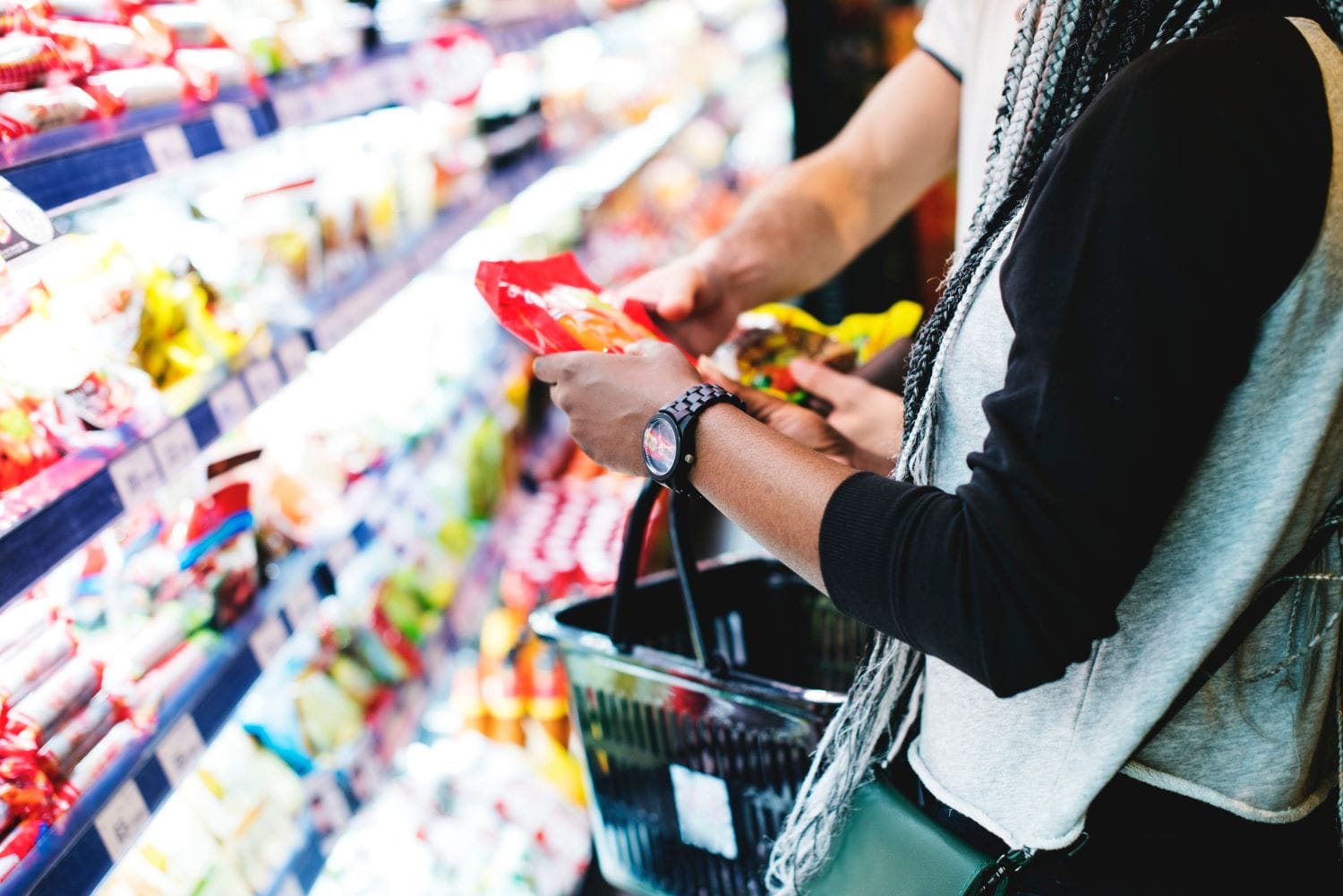Here’s the English translation:
Traditional retail, the kind we have known all our lives, is undergoing a profound transformation driven by the adoption of emerging technologies such as the Internet of Things (IoT), the use of electronic shelf labels, and retail intelligence. All these innovations, when working together, are marking a turning point in how physical stores improve their efficiency and focus on customer needs.
When a physical retailer decides to embrace the use of these technologies, it is important that they have the support of a company with experience in the field that can provide the best solutions according to their needs. This is the case with Vusion, which offers various tools to maximize efficiency and improve store performance.
Next, we will discuss how these technologies are enhancing the customer experience in physical stores.
The Revolution of Electronic Shelf Labels in Retail
The use of electronic shelf labels represents a significant change in how products are displayed in stores, including their pricing. Unlike traditional labels, digital ones allow for real-time updates of prices and product information directly from a centralized system. Thanks to this, there is not only a significant time-saving but also a reduction in possible human errors, while providing customers with more up-to-date information.
The impact of these electronic labels on operational efficiency is noticeable. Stores can dynamically adjust prices based on demand, competition, or promotional strategies without the need for manual intervention. For instance, during high-consumption seasons like Black Friday, these labels allow for quick price changes to adapt to current trends.
But electronic shelf labels are not just a tool for operational efficiency; they also enhance the customer experience. By integrating QR codes or NFC technologies, these labels can provide additional information, thereby responding to consumer demands.
IoT: The Backbone of Connected Stores
The Internet of Things (IoT) is the core that enables physical stores to become truly intelligent spaces. Through a network of connected devices, IoT collects and shares data in real-time, allowing retailers to make informed decisions and automate key processes.
For example, adopting IoT can enable real-time inventory monitoring, alerting staff when a product is running low or when it’s necessary to restock a specific area of the store. This reduces losses due to stockouts and ensures that customers can always find what they are looking for.
Retail Intelligence
Retail intelligence can be seen as the third pillar of smart stores. This technology uses advanced artificial intelligence algorithms and machine learning to interpret data collected from various sources, such as electronic labels, sales records, or cameras.
One of the most important benefits of using it is the ability to forecast consumer trends, which allows for better planning when demanding certain products at specific times to avoid running out of inventory.
Moreover, the use of retail intelligence enhances the customer experience since, through data analysis, stores can determine the best product placement, the most appropriate promotional messages, or the strategies to follow to maximize sales.
The Combined Use of Electronic Labels, IoT, and Retail Intelligence
The three technologies we have discussed can work together to create a smarter store capable of operating more efficiently. The synergy between electronic labels, IoT, and retail intelligence creates a dynamic ecosystem where each element complements the others to maximize benefits.
For instance, electronic labels, in addition to displaying product information, can also be used for data collection that is then utilized by IoT, sending information about the most consulted products or the most effective promotions. This information is analyzed by retail intelligence systems, which identify trends and automatically adjust pricing and promotional strategies on the labels.
This technological combination can also improve inventory management. IoT can detect products that are about to run out, and retail intelligence utilizes this information to predict future needs, while electronic labels notify customers about real-time product availability.
The Challenges of Using Technology in Physical Retail
Although there are many benefits these technologies can offer, their implementation is not without challenges for companies. As mentioned earlier, it is essential to rely on the expertise of professionals in this field to assist throughout the process.
Knowing how to harness their full potential can mark the line between success and failure, which underscores the importance of implementing them to stand out from the competition and create better customer experiences.

